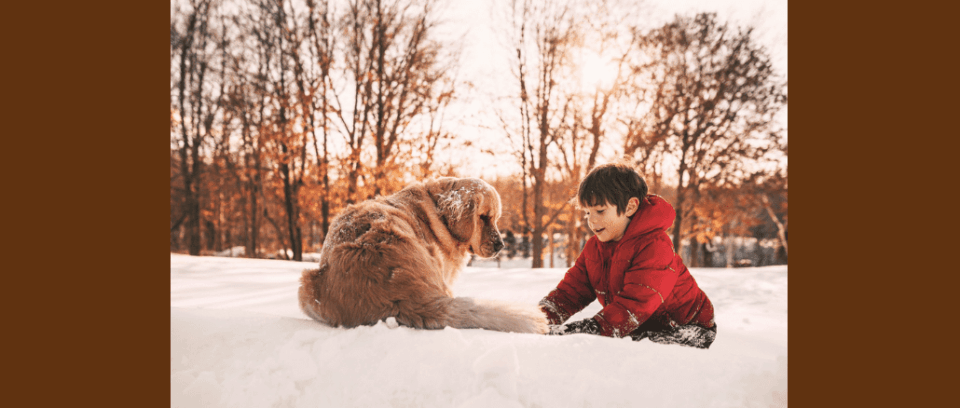When temperatures drop, humans know to bundle up, and avoid excess time outdoors. The same approach should be taken when it comes to pets. They may be covered by cozy fur coats but not all of those coats are created equally.
“Hypothermia is a real danger for pets in the wintertime, and despite pets’ natural fur coats, it doesn’t take long for hypothermia to set in and cause serious problems,” said Jennifer Freeman, DVM, PetSmart’s resident veterinarian and pet care expert.
Freeman recommends keeping an eye out for the initial signs of hypothermia, such as skin that’s cold to the touch, pale skin and gums, intense shivering and lethargy. In addition, she offers these tips to help protect your pet from a blustery winter:
Outdoor access: Limit walks in extreme cold weather, and monitor your pet’s behavior for signs of stress or discomfort. Never leave a pet outside during a winter storm, and do not let your dog off its leash after snowfall. Snow masks familiar scents, and your pet may become lost and disoriented.
Chemical hazards: Snow-melting products like deicers, antifreeze and salt can cause skin irritations and, if ingested, can be fatal. If you live in an area where these products are used, it’s important to thoroughly rinse your pet’s paws and belly after a walk.
Adding extra layers: If your pet is small and short-haired, he or she is likely sensitive to the cold. The same goes for older pets, and those that may be frail or ill. You can’t take your pet’s temperature by touching its nose, but a shivering body means he or she needs a sweater. Larger and long-haired pets can usually tolerate cold weather for longer periods of time, and even though you might bundle up, your pet has a long, thick coat prepared for winter walks. Just remember, paws get cold, and sharp objects may be hiding under the powder – consider putting booties on your pet’s paws for added comfort.
Skin-saving solutions: Many pets get dry skin during the winter season. When they do need a bath, try using a pet-friendly moisturizing shampoo to help keep their skin healthy and pH-balanced.
In addition, a pet emergency preparedness kit should be packed and contain the supplies needed to help keep your pet fed, warm and secure in the event of emergency conditions, such as blizzards and extreme cold weather. Items like a sweater, insulated vest, paw booties or wax, pet-safe ice melt and a heated bed or pad can help prevent risks associated with cold weather.
Find more advice for keeping your pet safe this winter at PetSmart.com.
Photo courtesy of Getty Images





